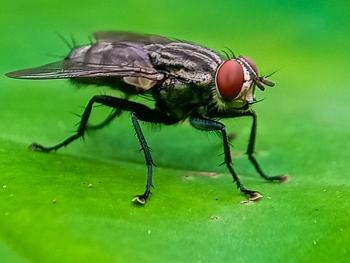
Laminitis caused by equine Cushing's disease
Philadelphia-Equine Cushing's disease was identified as the most common cause of laminitis among horses in a primary care veterinary practice.
Philadelphia-Equine Cushing's disease was identified as the most common cause of laminitis among horses in a primary care veterinary practice.
The study by Dr. Mark Donaldson, assistant professor of medicine at the University of Pennsylvania's School of Veterinary Medicine was published in the Journal of the American Veterinary Medicial Association.
The findings show that the most common cause of laminitis among horses at the school's New Bolton Center was pituitary par intermedia dysfunction, also dubbed equine Cushing's disease (ECD).
With this disease, the pituitary and adrenal glands produce abnormal amounts of hormones that play a vital role in the regulation of metabolism, and inflammatory and immune responses.
Donaldson says that the horses that developed laminitis during the six-year period (1996-2002) were tested for ECD by evaluation of plasma ACTH concentrations. Twenty-eight of the 40 horses with laminitis were diagnosed with ECD. Although ECD is considered a disease of older horses with an average lifespan of 20 years, the study showed that ECD is common in horses in their teens. The horses in the study ranged in age from 3 to 28 years with a median age of 15.5 years.
One of the most common clinical signs was an abnormal fat distribution including accumulation of fat in the neck (so-called cresty neck), top of the back and over the tail head, in a horse with visible outlines of the ribs. Only a third of the group had a longer hair coat, another conspicuous sign of ECD and a fifth of the group with ECD did not have any other clinical signs, Donaldson reports.
In 21 percent of the horses with ECD, onset of laminitis occurred during September. Excess consumption of lush grass was commonly blamed for laminitis in many horses that also had ECD. Dietary modification of horses with ECD may be helpful in preventing this complication, he adds.
Several studies have shown that the most effective treatment for ECD is pergolide. In addition to dietary modifications and corrective shoeing, treatment with pergolide results in an improvement in laminitis, Donaldson says.
Newsletter
From exam room tips to practice management insights, get trusted veterinary news delivered straight to your inbox—subscribe to dvm360.




